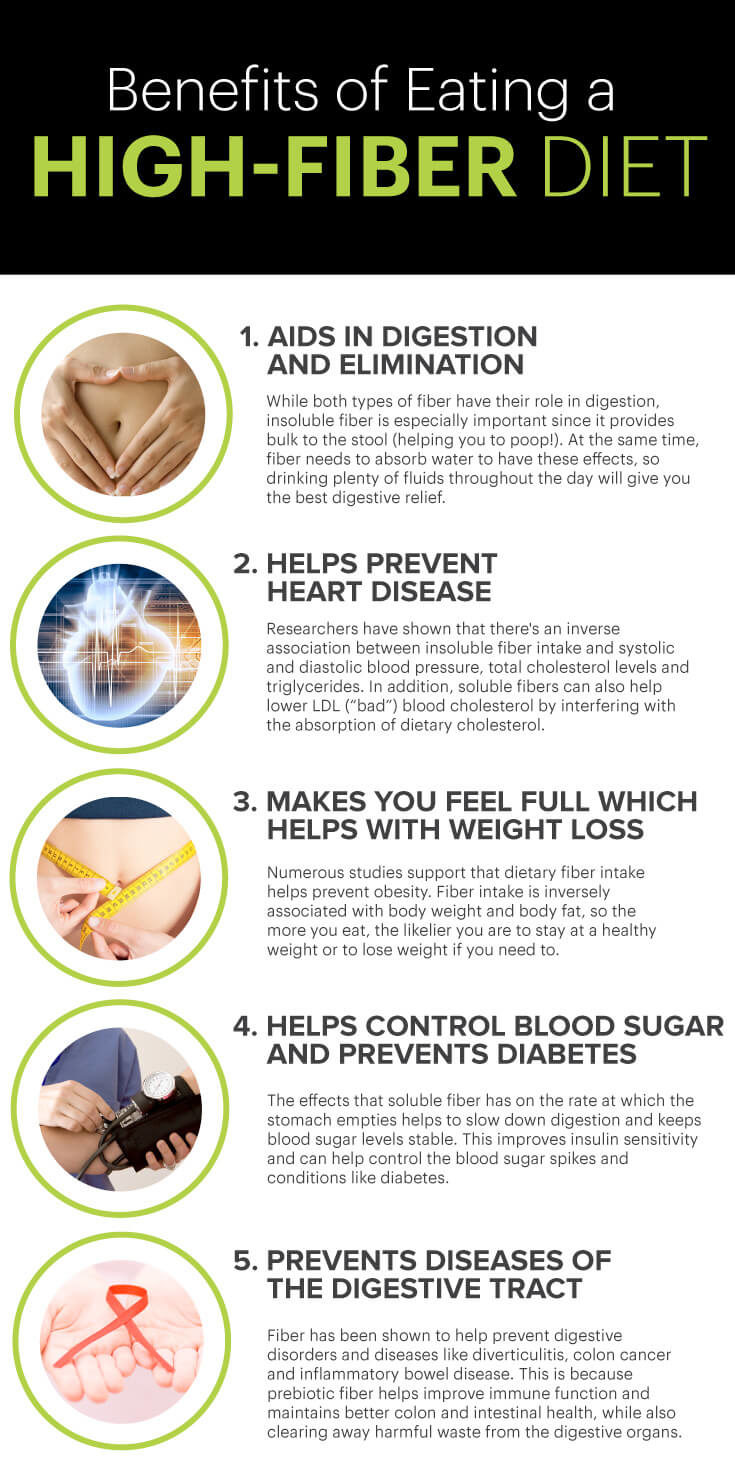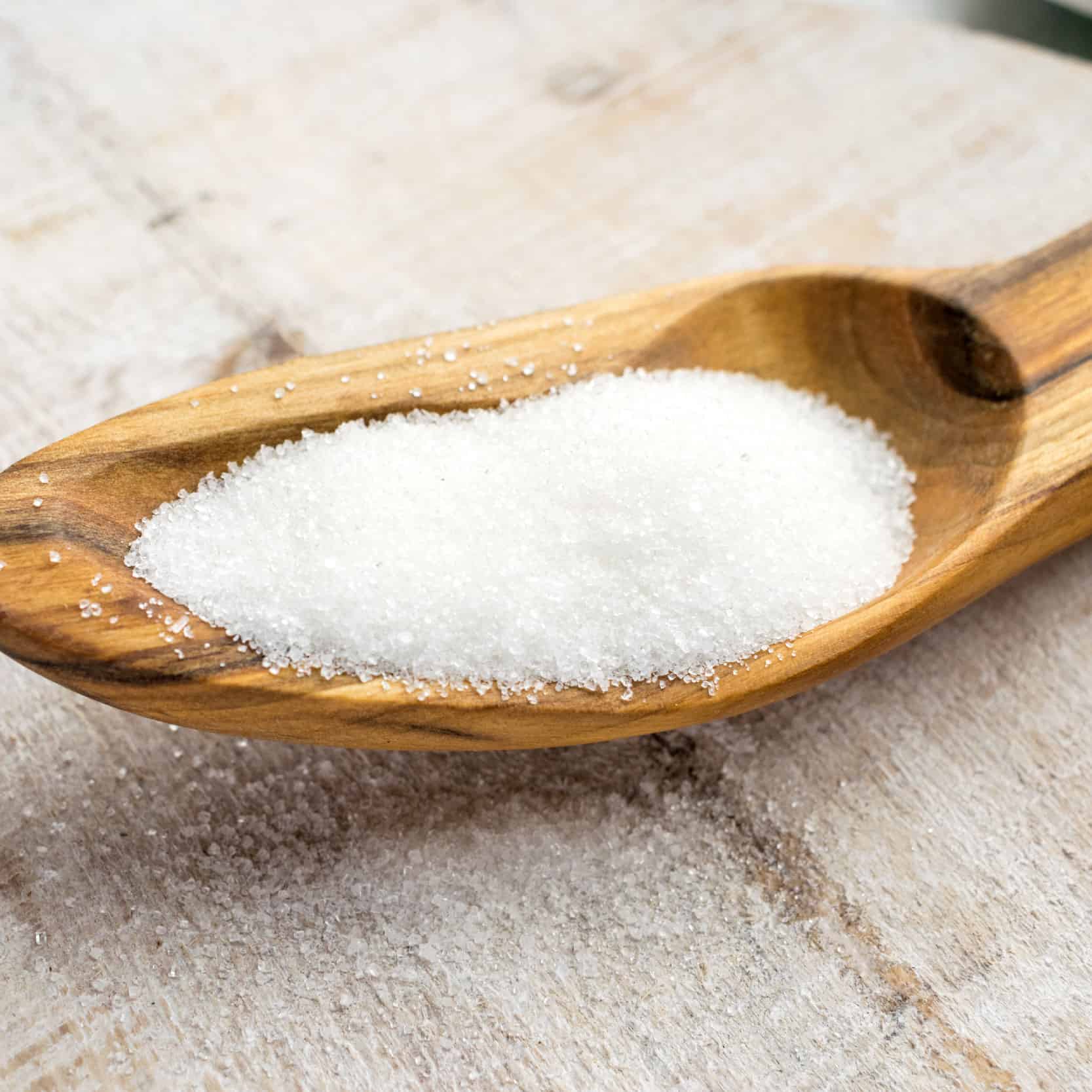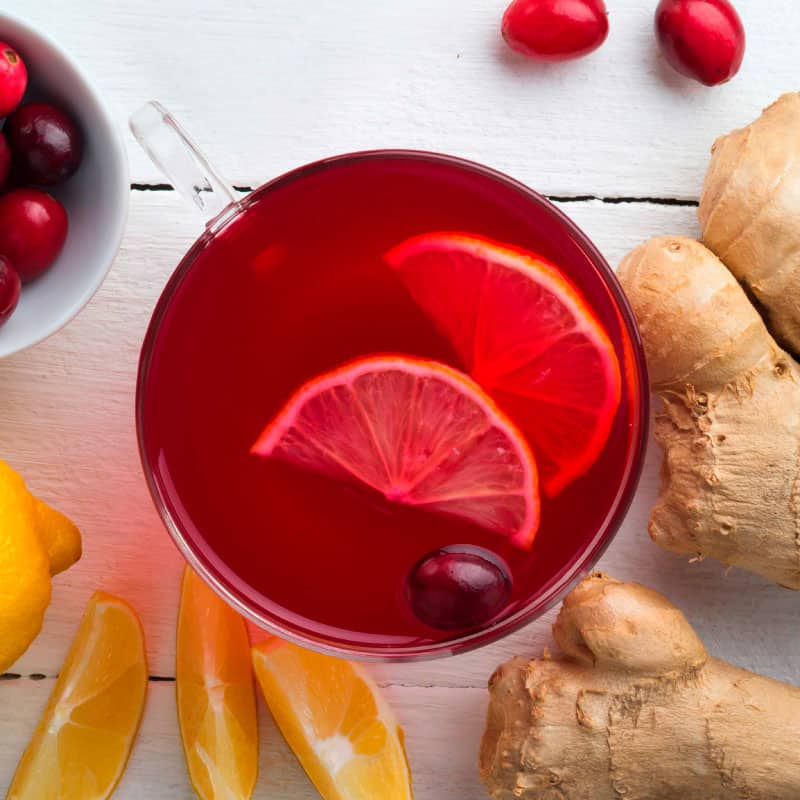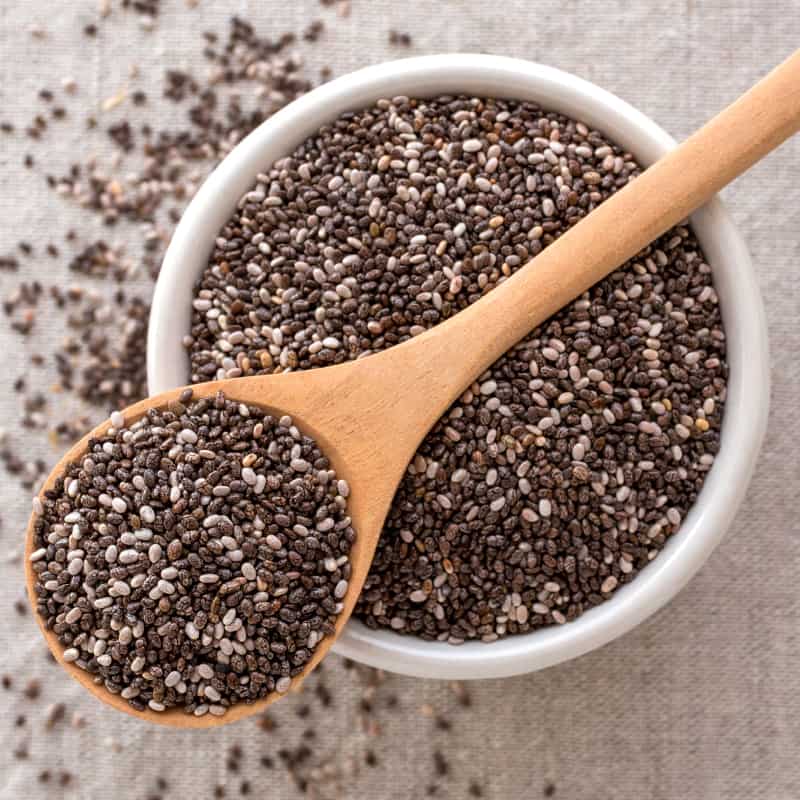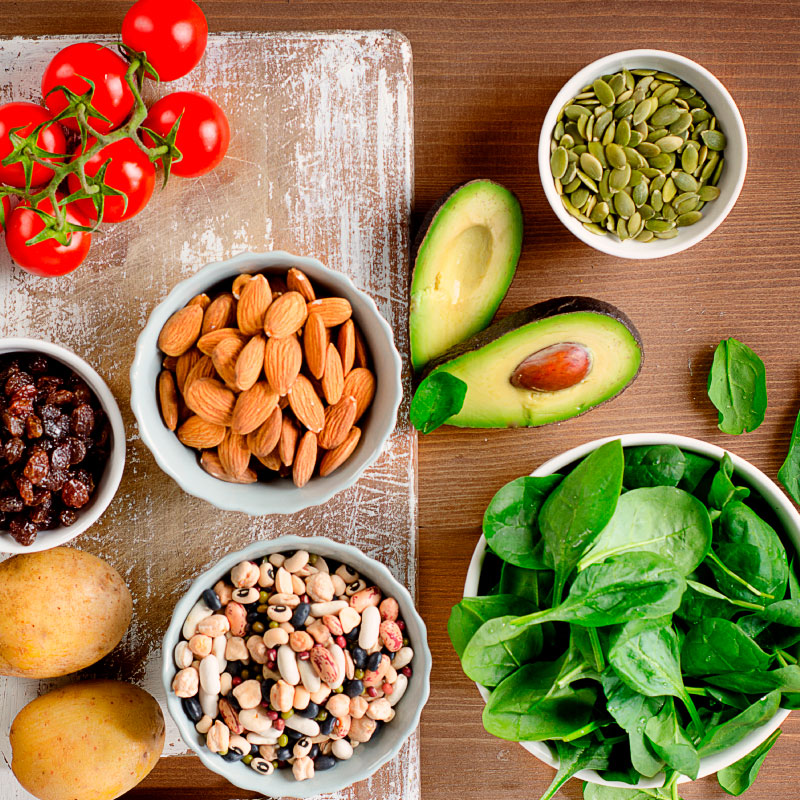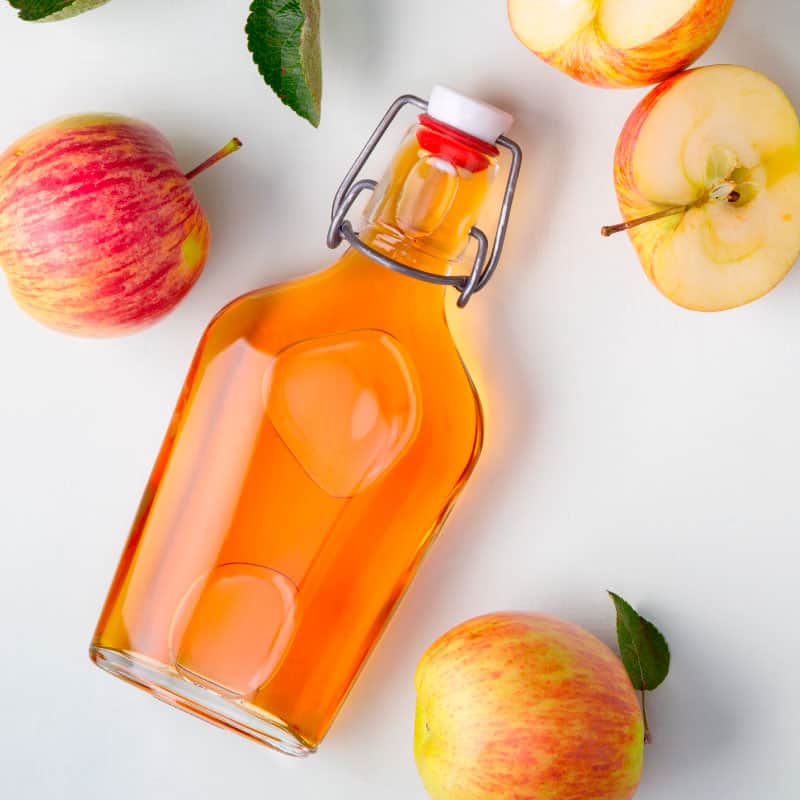This Dr. Axe content is medically reviewed or fact checked to ensure factually accurate information.
With strict editorial sourcing guidelines, we only link to academic research institutions, reputable media sites and, when research is available, medically peer-reviewed studies. Note that the numbers in parentheses (1, 2, etc.) are clickable links to these studies.
The information in our articles is NOT intended to replace a one-on-one relationship with a qualified health care professional and is not intended as medical advice.
This article is based on scientific evidence, written by experts and fact checked by our trained editorial staff. Note that the numbers in parentheses (1, 2, etc.) are clickable links to medically peer-reviewed studies.
Our team includes licensed nutritionists and dietitians, certified health education specialists, as well as certified strength and conditioning specialists, personal trainers and corrective exercise specialists. Our team aims to be not only thorough with its research, but also objective and unbiased.
The information in our articles is NOT intended to replace a one-on-one relationship with a qualified health care professional and is not intended as medical advice.
High-Fiber Diet Beginner’s Guide, Benefits and Recipes
September 6, 2023
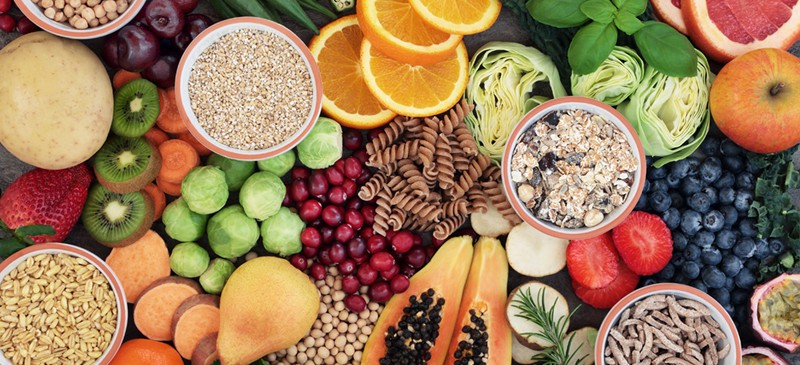
We’ve all heard we should get plenty of fiber from our diet every day, but what’s the best way to get enough and what exactly do high-fiber foods do? And what’s the healthiest high-fiber diet?
While many people know that fibrous foods are important in weight loss and maintaining heart health, most people still fall short of getting enough. How much fiber per day? It’s recommended that adults get at least 25–30 grams of fiber every day — ideally even more — yet most get only about 15 grams or less.
Consider this your beginner’s guide to the high-fiber diet, learning the fundamentals of what foods to eat, the benefits and starting with why it’s so important to get more fiber into your diet.
Why We Need a High-Fiber Diet
Despite the recommendations about eating a high-fiber diet and many food manufacturers claiming that their products are “high in fiber,” it’s still a commonly misunderstood nutrient. Yet it’s one that deserves some explaining considering how many important roles it has in the body.
What exactly is fiber? Fiber is a part of the structure of plants and helps build plant molecules, including cellulose, lignins and pectin. Fiber actually contains zero calories since it essentially can’t be digested by humans, and although it’s found in carbohydrate foods like vegetables, fruits, nuts and whole grains, it doesn’t contribute any carbs to our diets.
Due to its structure and our inability to absorb it, fiber passes through our digestive system unabsorbed by digestive enzymes within the stomach, taking with it toxins, waste, fat and cholesterol particles out of the gut. In the process, it helps improve our heart health, makes us feel full, and, of course, helps with digestion and detoxification.
There are actually two different kinds of dietary fiber: insoluble and soluble. We need both kinds, which are present in almost all whole foods that are carbohydrates, but what’s the difference between the two?
- Soluble fiber slows down digestion by attracting water and forming a gel-like substance once digested. This kind of fiber is found in foods like oats or oat bran, nuts, flaxseeds, beans, lentils, peas, and some fruits and vegetables like berries and carrots. Soluble fiber is the type that helps with weight loss because it slows the process of food emptying from your stomach and makes you feel full for longer after eating.
- Insoluble fiber tends to speed up digestion by adding bulk to stool (basically helping relieve constipation). Insoluble fiber is found in many whole grains like brown rice, barley and bulgur, plus most vegetables, including root veggies, broccoli, cucumbers, carrots, green beans and zucchini.
Do you need to worry much about which type of high-fiber foods you’re getting? Not really — just make sure to eat a high-fiber diet with a variety of different whole fibrous foods to make sure you cover your bases for both.
Unless you’re looking to improve a specific health condition, like constipation or high cholesterol, for example, you shouldn’t have a problem getting enough of both kinds if you eat plenty of vegetables, fruits, nuts, seeds and beans.
Top Foods for Your High-Fiber Diet
- Split Peas — 1 cup cooked: 16.3 grams
- Lentils — 1 cup cooked: 15.6 grams
- Black Beans — 1 cup cooked: 15 grams
- Mung Beans — 1 cup cooked: 15 grams
- Figs — 1 cup dried: 14.6 grams
- Lima Beans — 1 cup cooked: 13.2 grams
- Coconut Flour — 1/4 cup: 10 grams
- Artichoke — 1 artichoke: 8.7 grams
- Acorn Squash — 1 cup cooked: 9 grams
- Green Peas — 1 cup cooked: 8.8 grams
- Raspberries — 1 cup: 8 grams
- Blackberries — 1 cup: 7.6 grams
Other good runner-up sources include: chia seeds (5.5 grams per tablespoon), apples and pears (about 5 grams each), flaxseeds (3 grams per tablespoon), quinoa (5 grams per cup cooked), oats (5 grams per ½ cup uncooked), and all other types of beans/legumes like chickpeas (8 grams per cup cooked).
Benefits
1. Aids in Digestion and Elimination
While both types of fiber have their roles in digestion, insoluble fiber is especially important since it provides bulk to the stool. Insoluble fiber helps speed up the time it takes waste to pass quickly through the digestive tract, which prevents constipation, bloating and indigestion.
Soluble fiber absorbs water to become a gelatinous, viscous substance and is fermented by bacteria in the digestive tract, which also improves digestion.
At the same time, fiber needs to absorb water to have these effects, so when you begin eating a high-fiber diet in earnest, drink plenty of fluids throughout the day for the best digestive relief.
2. Helps Prevent Heart Disease
Research shows there’s an inverse association between insoluble fiber intake and systolic and diastolic blood pressure, total cholesterol levels and triglycerides. In addition, soluble fibers also help lower LDL (“bad”) blood cholesterol by interfering with the absorption of dietary cholesterol.
According to studies, following a high-fiber diet makes it less likely that a person will experience hypertension and other risk factors of heart disease and metabolic syndrome.
For example, historically, because the Mediterranean diet is naturally a high-fiber diet due to a high consumption of vegetables, fruit, beans and whole grains, this population has been at a much lower risk for heart disease than many Americans are today.
3. Makes You Feel Full, Which Helps with Weight Loss
Epidemiologic evidence from numerous studies shows that a high-fiber diet helps prevent obesity. Fiber intake is inversely associated with body weight and body fat, so the more consistent you are with your high-fiber diet, the likelier you are to stay at a healthy weight or lose weight if you need to.
If your goal is to reduce to your weight, fiber can help since it makes you feel fuller after eating and can prevent snacking or overeating at your next meal. Results from intervention studies show that the addition of a high-fiber diet generally decreases food intake overall and, therefore, over time can contribute to a lower body weight.
There might be other benefits of fiber for weight loss, too, such as decreasing absorption of toxins and altering secretion of gut hormones.
In addition, naturally occurring fiber in any food helps reduce the carb load, so the “net carb” intake that affects your blood sugar is less. It’s why high-fiber foods are very popular on diets like the keto diet or Paleo diet, as they reduce the net carbs to a more acceptable level.
4. Helps Control Blood Sugar and Prevents Diabetes
The effects that soluble fiber have on the rate at which the stomach empties helps slow down digestion and keeps blood sugar levels stable. This improves insulin sensitivity and can help control the blood sugar spikes and conditions like diabetes.
According to studies, within the body there’s an inverse association between levels of glucose in the blood and dietary fiber, so increasing fiber by following a high-fiber diet can prevent insulin resistance that forms from elevated glucose levels over time.
5. Prevents Diseases of the Digestive Tract
A high-fiber diet helps prevent digestive disorders and diseases like diverticulitis, colon cancer and inflammatory bowel disease. This is because prebiotic fiber helps improve immune function and maintains better colon and intestinal health, while also clearing away harmful waste from the digestive organs.
Additionally, a high-fiber diet is correlated with a lower risk for many other types of diseases, including cancer and heart disease.
How does eating a high-fiber diet protect you from disease? There is increasing evidence that fermentable dietary fiber (prebiotics) modulate various properties of the immune system, including those of the gut (specifically the lymphoid tissues or GALT). Changes in the intestinal microflora that occur with the consumption of prebiotic fiber can potentially increase immunity by changing the way the body responds to acids or bacterias.
How to Follow
- Swap out meat for beans a couple times a week. Plant-based protein from beans also provides minerals and lots of fiber.
- Don’t have pre-made fruit juices — instead eat whole pieces of fruit. Same goes for vegetables in most cases. Eating the whole thing (including the skin too if it’s edible) gives you the most fiber.
- Make a smoothie instead of having a juice, so you include all of the fruit and vegetable pulp, seeds and skin where the fiber is stored.
- Always skip products made with refined flour or grains. Only eat 100 percent whole grains that have their natural brans and germs intact.
- Switch up your snacks. Snack on raw vegetables, hummus or whole pieces of fruit throughout the day instead of having processed foods fortified with fiber.
- Eat a large salad once a day, and add plenty of veggies, beans, legumes, nuts and seeds.
- Add healthy sources of fats like avocados and nuts or seeds into your diet in place of vegetable oils.
High Fiber Diet FAQ
How Else Can You Get Fiber?
Eating a variety of whole foods when you follow a high-fiber diet is always going to be the most beneficial way to get enough of the right kind of fiber. But if you still have digestive problems or struggle to meet the fiber recommendations, you might want to try getting fiber from certain fiber supplements.
Soluble fiber can be found in psyllium (or psyllium husks), which is a common fiber supplement sold in most grocery and health food stores. When combined with water it forms a gel that helps relieve constipation, similarly to how chia seeds work to create a “chia pudding” gel. Psyllium and some other types of soluble fiber might also be able to help lower cholesterol, but the effect on heart disease is not well-known or proven yet.
Can You Eat Too Much Fiber?
Wondering if there’s any risks associated with eating a high-fiber diet? Generally speaking, there isn’t much of a concern with eating too much fiber, especially since you become so full in the process that you likely won’t be able to really overdo it.
If your diet is currently low in fiber, try increasing the amount you have slowly so you don’t experience bloating, stomach pains, diarrhea, constipation or gas. Gradually adding more fiber over a month or so helps you to adjust to your new high-fiber diet without making matters worse.
Because fiber absorbs water and your digestive tract needs stay hydrated to work well, also increase the amount of water you drink. Sometimes eating too many foods with fiber without drinking enough water can cause digestive problems for certain people, instead of helping to solve them.
Fiber Foods to Avoid
Not all fiber is created equal, so the kinds you see fortified in packaged foods are not ideal to get enough. Knowing the public looks for foods with fiber to add into their diet, manufacturers of processed foods now go out of their way to add fiber where it naturally doesn’t occur — such as in yogurt, refined grains or cereals, artificial sweeteners and protein bars.
There are also some fiber supplements available on the market, but these usually contain artificially made forms of fiber that aren’t well-digested and lack nutrients foods with fiber provide. Some fiber supplement ingredients to avoid include: methylcellulose (synthetic cellulose), calcium polycarbophil and wheat dextrin.
Instead of eating these foods in hopes of increasing your fiber intake, get fiber from the real sources just like nature intended. If you eat a diet filled with unprocessed foods and include plenty of vegetables and fruits, you shouldn’t have too much of a problem covering your fiber needs. In fact, many people who eat well-rounded diets and really limit packaged foods wind up getting more than 30 grams per day.
In the process, you also obtain plenty of other important nutrients — like vitamins, minerals and antioxidants that also help with your digestion and heart health. Also importantly, you avoid artificial ingredients, sugar and sweeteners, chemicals and preservatives found in fortified processed foods.

